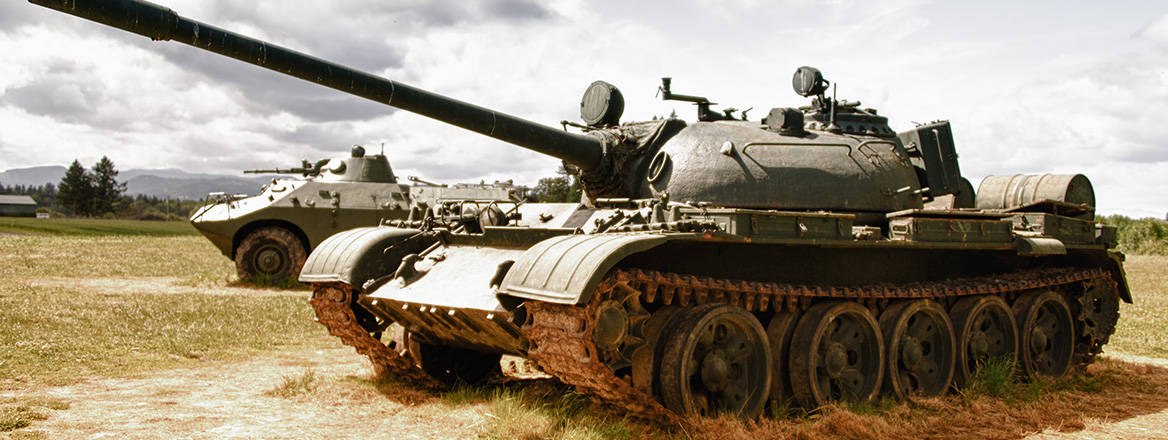RUSI
|
|
The Impact of Sanctions and Alliances on Russian Military Capabilities
Sanctions have hindered Russia's military capabilities by raising procurement costs, increasing reliance on allies and straining its economy – despite Moscow’s evasion efforts.

This article addresses the disagreements surrounding the efficacy of sanctions regimes imposed on Russia by numerous countries. To achieve this aim, satellite imagery was purchased from Maxar through European Space Imaging (EUSI) and used in tandem with open source documents. Trade data, particularly for exchanges of microelectronics and weapons systems and platforms, was used alongside reporting by subject-matter experts. These sources helped me determine which countries acted as the main partners for Russia, and what this could indicate about the impact sanctions have had. The findings show that while Russia has been able to reroute microelectronics from the US and EU through regional allies (particularly Kazakhstan and China), this has raised the prices of supplies and components, which in turn has caused severe damage to Russia’s ability to properly maintain its military capabilities to the extent one would expect of a modern military superpower. Instead, it has been forced to prioritise the procurement and repair of armoured vehicles and drones, since these have proven to be more tactically relevant than its aircraft, which it has been unable to maintain sufficiently.
Data obtained from UN Comtrade shows trade patterns indicative of sanctions evasion; Kazakhstan, which serves as a regional strategic Russian ally, is a key player in routing export-restricted items (most notably semiconductors and other microelectronics) into the Russian economy. For instance, between June and July 2022, Kazakhstan’s exports of microelectronics (HS Commodity Code 8541) to Russia increased from $791,890 to $2,285,227. Pre-war monthly averages (January 2020 to January 2022) were $210,681; averages from February 2022 to February 2024 were $1,405,244, representing a 567% increase.
This raises the question of where Kazakhstan is obtaining the microelectronics. The answer, alarmingly, appears to be largely from Russian adversaries. Exports of these semiconductors from the EU were $719,977 in 2021, but rose sharply to over $4.1 million in 2022 (in 2023, they sat at almost $5 million). The UK displayed a similar trend, with 2021 export figures at $21,666, which increased by roughly 1,469% to $339,861 by 2022.
Far less surprising is the role that China has played in supporting Russia’s war efforts, without officially supplying it with munitions. Chinese exports of semiconductors to Russia rose by over $75.3 million from 2020 to 2023, demonstrating the “no-limits” partnership that the two countries announced 20 days before the 2022 invasion began.
Click here for the full press release
Original article link: https://rusi.org/explore-our-research/publications/commentary/impact-sanctions-and-alliances-russian-military-capabilities


